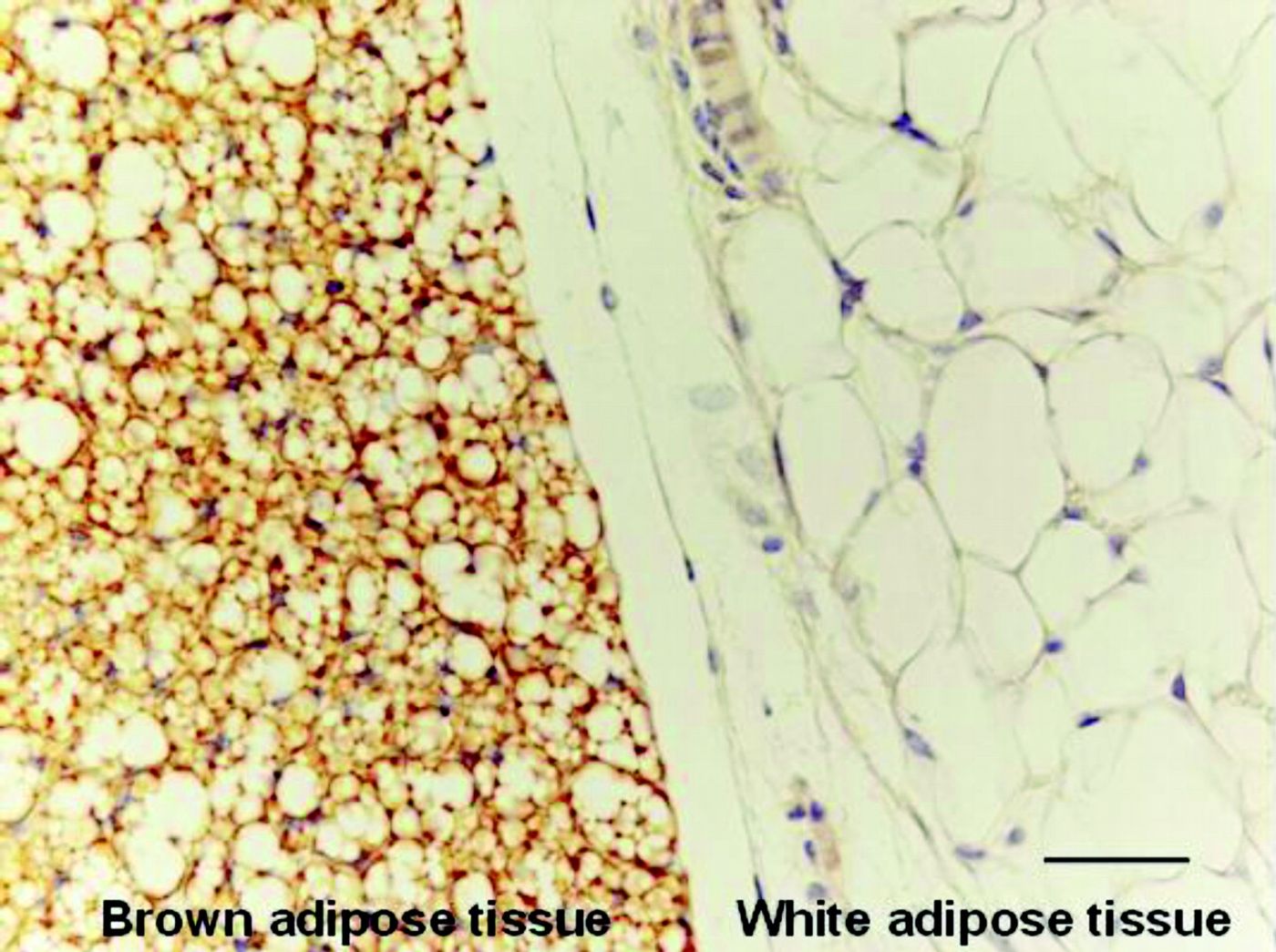An estimated 36 percent of adults in the United States are considered obese and about 10 percent have been diagnosed with type 2 diabetes. The food industry is likely to blame for a significant percentage of obesity, however, the pharmaceutical industry has been working to combat it.
Researchers at the University of Pennsylvania Perelman School of Medicine have been trying to unravel certain signaling pathways associated with cellular metabolism. Two of the pathways they have been working on, mTOR and PGC-1, are involved in fat metabolism. The team, led by associate professor of Cardiovascular Medicine Zoltan P. Arany, MD, PhD, discovered that by suppressing or over-expressing certain proteins in the pathways, they can turn white adipose fat cells into more energy efficient brown fat.
“It’s conceivable that one would be able to target this pathway with a drug, to push white fat to become brown fat and thereby treat obesity,” comments Arany.
White fat cells, or white adipocytes, store large amounts of fat molecules to protect the body against starvation. When a person consumes large amounts of food (i.e. energy), adipocytes collect more and more fat molecules causing obesity and associated disorders such as diabetes.
Brown fat cells, however, have an opposing function. Instead of hoarding fat molecules, brown fat cells rapidly burn energy to create heat. These cells contain a large number of mitochondria that are able to consume higher quantities of oxygen, create energy for the cells, and turn that energy into heat. Brown adipocytes are more prevalent in babies to keep their smaller bodies warm and regulate temperature.
As babies grow, signaling pathways suppress the “browning program” in fat cells turning most fat cells in the body to white adipocytes. UPenn researchers have discovered the mechanisms for these pathways and how to manipulate activation of the browning program. There is potential to develop a system where the body turns white fat cells into brown ones, resulting in the burning of more energy and causing less fat to be stored, possibly creating a treatment for obesity.
Arany and his team were able to initiate the browning program in white adipocytes by two methods. First, they discovered that browning becomes suppressed by the FLCN (folliculin) protein in conjunction with a major protein complex known as mTOR. The interaction between FLCN and mTOR inhibits transcription factor protein TFE3 from entering cell nuclei and activating the browning program.
By deleting the FLCN protein, TFE3 is able to enter cells and activate the cellular metabolism regulator PGC-1b , which in turn activates genes that turn on the browning program. The team was able to observe a distinct change in white adipocytes in mice with the deleted FLCN gene. The browning program initiates development of additional mitochondria, differing gene expression patterns and altered cellular structure.
The second method used to reproduce activation of the browning program was to directly overexpress PGC-1b. Even without interaction from TFE3, overexpression of PGC-1b initiated the browning program in white adipocytes.
The study, published in
Genes & Development, highlights a significant advance in the understanding of cellular metabolism. The team will continue to investigate these pathways and how they are linked in order to further advance their knowledge of cell signaling. Moving forward, there might be an opportunity to turn this discovery into potential treatments as well.
“In principle, a drug that boosts the activity of PGC-1β or some of its target genes might serve as a therapeutic activator of the browning program to curb obesity and treat or prevent diabetes,” Arany said.
Sources:
UPenn News,
Genes & Development









